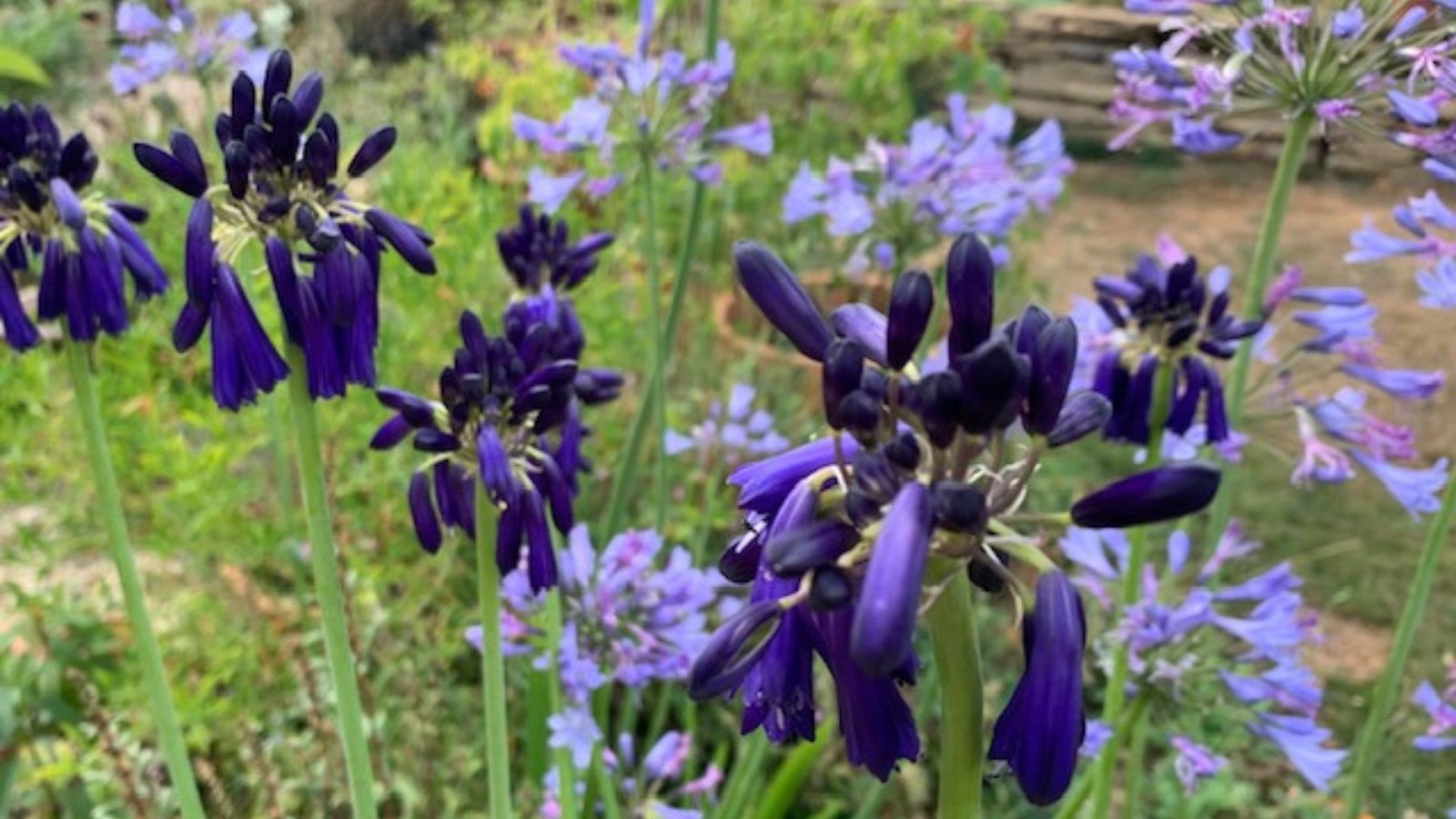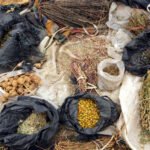Drought-Resistant Plants
- By -Maria Joseph
- Posted on
- Posted in Plants
In regions with limited rainfall or water restrictions, drought-resistant plants are an essential addition to any garden. These plants are specially adapted to survive in dry conditions, requiring less water while still offering beauty, texture, and environmental benefits. Choosing drought-resistant species not only conserves water but also contributes to more sustainable gardening practices. In this article, we’ll explore the best drought-tolerant plants, their benefits, and tips on how to incorporate them into your landscape.

What Are Drought-Resistant Plants?
Drought-resistant plants, also known as xerophytes, are species that have adapted to survive with minimal water. These plants have developed special mechanisms to store moisture, reduce water loss, and thrive in arid conditions. They typically have features like deep root systems, thick or waxy leaves, and the ability to enter a state of dormancy during extreme dry periods.
Drought-resistant plants are often found in regions with hot summers, little rainfall, and varying temperature extremes. However, even in more temperate climates, incorporating drought-resistant species can help reduce water usage in your garden and make your landscape more resilient to climate variability.
Benefits of Drought-Resistant Plants
There are several compelling reasons to choose drought-resistant plants for your garden:
Water Conservation
The most obvious benefit of drought-resistant plants is their ability to thrive with little water. These plants are especially valuable in areas with limited water supply, where conservation is a priority. By reducing the need for frequent watering, you can conserve valuable water resources.
- Reduced Water Usage: Once established, drought-tolerant plants typically need watering only during extreme dry spells, unlike traditional plants that may require regular irrigation.
- Sustainability: Using drought-tolerant plants contributes to sustainable gardening practices, as it reduces the reliance on chemical fertilizers and pesticides.
Low Maintenance
Drought-tolerant plants are often more robust and easier to maintain than their water-thirsty counterparts. Since they are adapted to survive in harsh conditions, they generally require less attention and are more resistant to diseases and pests.
- Fewer Pests: Many drought-tolerant plants are naturally resistant to pests, reducing the need for chemical pest control.
- Minimal Fertilization: These plants generally require little to no fertilization, as they are adapted to grow in poor soils and don’t need the extra nutrients that other plants might require.
Cost Savings
Because drought-tolerant plants need less water and maintenance, they can save you money in the long run. You’ll spend less on your water bill, fertilizers, and garden supplies.
- Water Bills: Reduced watering needs mean you’ll see a significant decrease in water consumption, leading to lower utility bills.
- Less Maintenance: These plants typically require fewer gardening supplies and less labor to keep them healthy, saving both time and money.
Best Drought-Resistant Plants for Your Garden
Choosing the right drought-resistant plants depends on your climate, soil conditions, and garden style. Here are some popular drought-tolerant plants that can thrive in various environments:
Succulents
Succulents are among the most well-known drought-resistant plants. They store water in their fleshy leaves, which helps them survive in dry conditions. Succulents are perfect for gardens in hot climates or those that experience long dry seasons.
- Examples: Aloe vera, agave, sedum, and echeveria.
- Benefits: Succulents come in a variety of shapes, colors, and sizes, making them versatile for both ground cover and container gardens. Their low maintenance and water-saving properties make them ideal for xeriscaping.
Lavender (Lavandula spp.)
Lavender is a fragrant herb that thrives in dry, well-drained soil and full sun. It is a hardy perennial that not only adds beauty to your garden but also attracts pollinators like bees and butterflies.
- Benefits: Lavender’s woody stems and silvery leaves are highly drought-tolerant. It’s also pest-resistant, making it a great addition to any garden.
- Uses: In addition to its ornamental value, lavender is commonly used for making essential oils, soaps, and culinary dishes.
Coneflower (Echinacea spp.)
Coneflowers are native wildflowers that are perfect for dry, sunny gardens. Known for their daisy-like flowers with cone-shaped centers, they attract a variety of pollinators, including bees and butterflies.
- Benefits: Coneflowers are hardy plants that require little care once established. They bloom profusely throughout the summer and come in a range of colors, including purple, pink, and white.
- Uses: Coneflowers are also known for their medicinal properties, particularly in supporting immune function.
Conclusion
Drought-resistant plants are an excellent choice for creating beautiful, sustainable landscapes that thrive even in dry conditions. These plants offer numerous benefits, from conserving water and reducing maintenance to supporting local wildlife and improving soil health. Whether you live in a dry climate or just want to create a more water-efficient garden, incorporating drought-tolerant plants into your landscape is a smart and eco-friendly choice.



